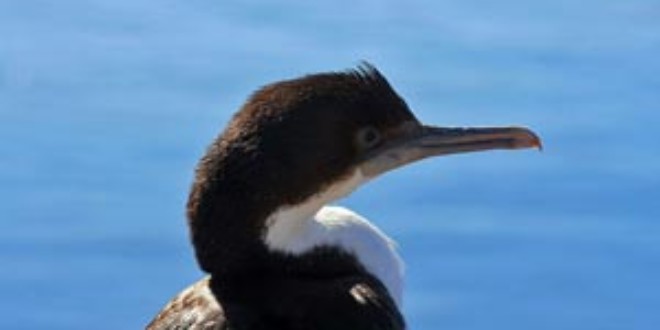The blaze at Dunnet Head, a Site of Special Scientific Interest (SSSI), in April was thought to have been caused by moor burning getting out of control. Scottish Natural Heritage has now assessed the damage, and said it could take years for the habitat to recover. A police inquiry is ongoing into the cause of the blaze.
Dunnet Head SSSI is a part of the North Caithness Cliffs Special Protection Area which contains part of one of the largest seabird colonies in the area.
Nesting species include kittiwakes, guillemots, razorbills, puffins, fulmars, shags, cormorants and gulls.
The effect on seabirds at the site is still being assessed, while cliff erosion caused by the fire, which burned for several days, may, in turn, affect nesting birds.
Land stretching about three miles from south of The Neback to the north of Rowrash was affected, with a total area of about 750 hectares damaged.
“The coastal vegetation along the cliffs is of national importance and we estimate that around 27% of the habitat has been significantly damaged by this fire. It may take many years to recover, particularly given the exposed nature of the headland.”
(From news.bbc.co.uk, Dunnet Head, Scotland)
 Ocean Sentry
Ocean Sentry




